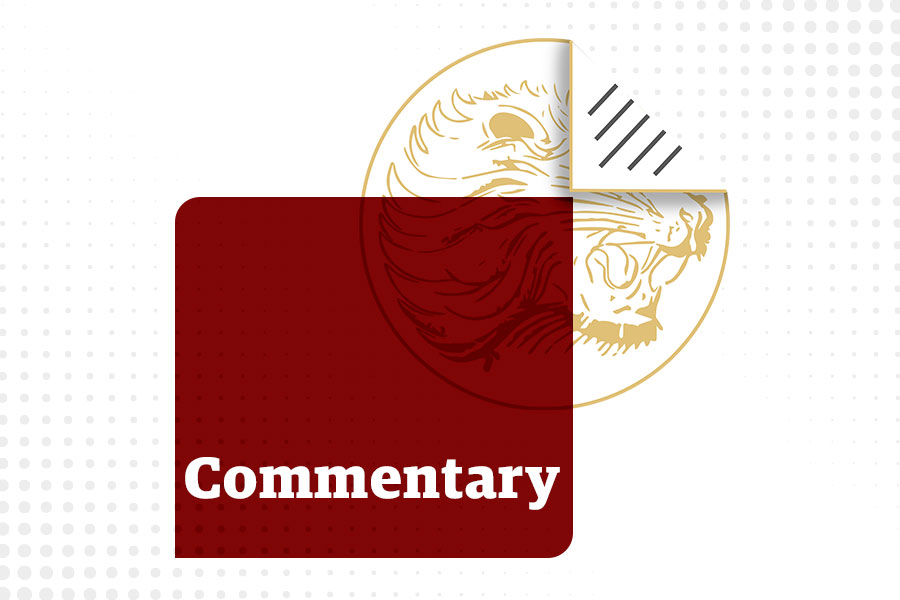
Commentaries | May 27,2023
Sep 28 , 2024
By Paola Subacchi
Many factors have changed since the UN drew up the 2030 Agenda for Sustainable Development. A pandemic has rocked the world, wars have erupted, and the financial architecture once known has been altered. An estimated 165 million people fell below the World Bank's poverty line between 2020 and 2023. Only 27 developing countries are not knee-deep in debt. In this commentary provided by Project Syndicate (PS), Paola Subacchi, a professor of political economy, calls for a serious rethinking of how sustainable development should be approached.
The just-concluded United Nations "Summit of the Fortune" in New York and next year’s second edition of the World Summit for Social Development seek to “chart a path toward achieving the Sustainable Development Goals (SDGs) and responding to emerging challenges and opportunities.” But the question of how to finance the necessary investments—particularly at a time when many countries are weighed down by debt—stalks global discussions.
The world is more complicated than a decade ago, when the 2030 Agenda for Sustainable Development, which sets out the 17 SDGs and their 169 targets, was drafted. When the Agenda was approved in January 2016, we had not yet faced the COVID-19 pandemic, war had not engulfed Ukraine or Gaza, and the United States (US) and China were not at loggerheads. Today, the world economy is more fragmented, geopolitical tensions are higher, and multilateralism is sputtering.
The number of people living in poverty has increased: in 2020-23, an estimated 165 million people, mostly in developing countries, fell below the World Bank’s poverty line (3.65 dollar a day at purchasing power parity).
Meanwhile, many countries’ debt burdens have become less manageable, after governments were forced to increase public spending in response to the pandemic and the subsequent cost-of-living crisis. Today, only 27 developing countries – 18pc of the total – are not burdened with excessive debt. The rest are struggling with debt overhang, which undermines economic growth and development, and raises the risk of an eventual default. The International Monetary Fund (IMF) estimates the debt-burden threshold for low-income countries is between 35pc and 70pc of GDP, after which debt can become unmanageable.
When debt-servicing costs are high, countries often end up making big sacrifices to stay solvent. For example, they might tap foreign exchange reserves, weakening their ability to respond to future crises, or reallocating resources from critical areas – such as education, health, and social protection – to keep up with their payments. In low-income countries, interest payments are now 2.3 times larger than spending on social assistance, and 1.4 times larger than domestic health expenditures, on average. They amount to 60pc of spending on education.
A country that reduces social spending to service its debts — despite the increase in poverty that will inevitably follow — is unlikely to be able to make long-term investments in sustainable development. And yet, as the UN and other multilateral organisations have made clear, a significant increase in financing, at both the national and international levels, is a prerequisite for achieving the SDGs by the 2030 deadline.
Thus, it is urgent to offer relief to countries that face debt distress. Governments should not have to choose between servicing their debts and taking care of their citizens, and today’s debts should not act as a drag on the future. Countries’ ability to manage their debt should be assessed against a broader range of indicators – human, social, and environmental, not just financial. Where debt relief, debt restructuring, or both is in order, it must be implemented quickly and efficiently as part of a comprehensive debt-management strategy, possibly making use of instruments like debt-for-climate swaps, which commit the debtor government to invest the savings from debt relief in climate adaptation or mitigation.
But debt relief alone is not enough.
If developing countries are to achieve the SDGs, they will need new sources of funding. So far, multilateral development banks (MDBs) have taken the lead on this front. As a recent OECD report shows, in 2012-20, outflows from the World Bank Group increased by 72pc, and outflows from other MDBs soared by 155pc. In 2021-22, total MDB outflows rose by another 22pc.
This trend is set to continue. Earlier this year, 10 MDBs estimated that they could collectively expand their lending headroom by an additional 300 billion to 400 billion dollars over the next decade. But this would mean an increase of only 40 billion dollars more a year – far less than the annual 260 billion dollars that the G20 Independent Expert Group estimates will be needed to meet the SDGs. To address the sustainable-development imperative, the MDBs will have to persuade their member states to increase their contributions proportionate to the scale of the challenges ahead.
Other multilateral organisations, such as the UN, as well as non-governmental donors and the private sector, must also ramp up their support.
Multilateral efforts should aim to tackle existing debt and expand access to affordable finance in the future, using a variety of instruments, including concessional loans, green and blue bonds, and grants. And policy measures must be coordinated at the international level. Otherwise, we stand little chance of achieving the SDGs by the 2030 deadline, with devastating consequences for people and the planet.
PUBLISHED ON
Sep 28,2024 [ VOL
25 , NO
1274]


Commentaries | May 27,2023

Commentaries | Apr 06,2019

Featured | Aug 10,2019

Commentaries | May 02,2020

Viewpoints | Jan 07,2023
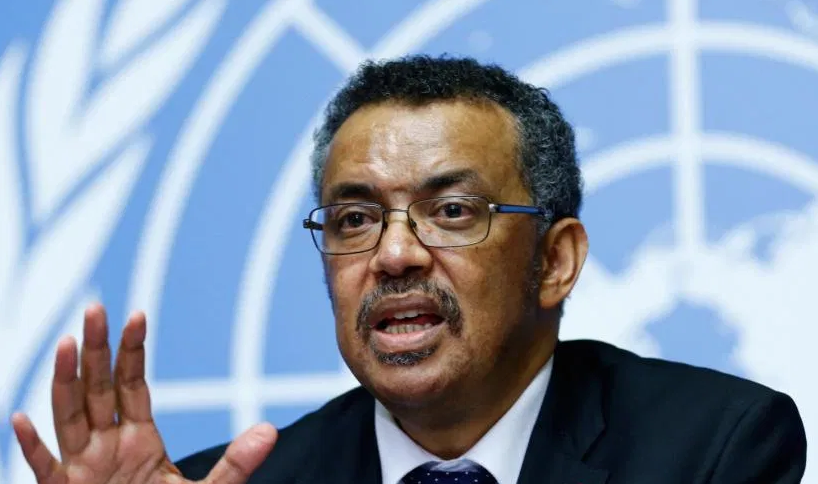
Commentaries | Apr 17,2020

Commentaries | Jul 06,2019

Radar | Feb 24,2024

Radar | Dec 05,2020

Viewpoints | Sep 30,2023
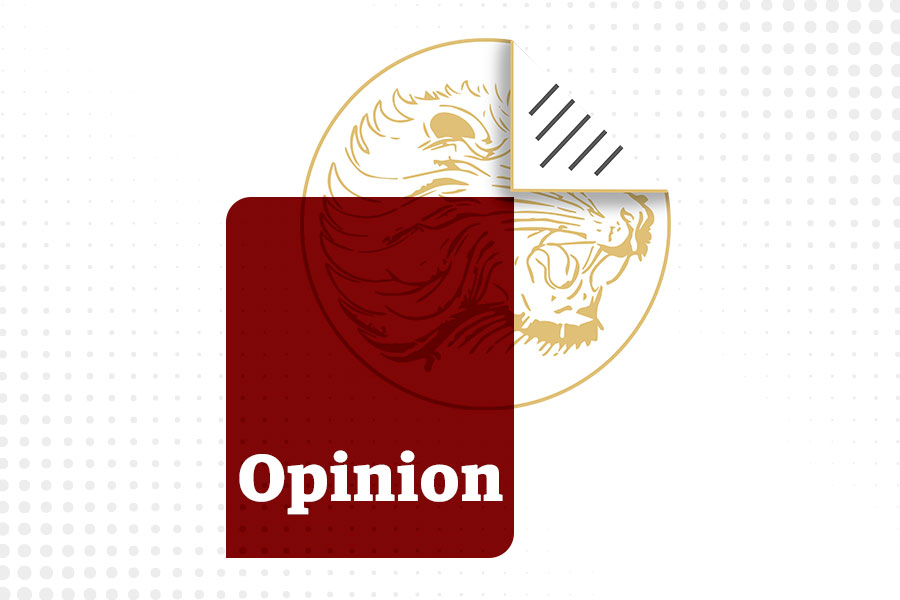
My Opinion | 131819 Views | Aug 14,2021

My Opinion | 128203 Views | Aug 21,2021

My Opinion | 126147 Views | Sep 10,2021

My Opinion | 123767 Views | Aug 07,2021
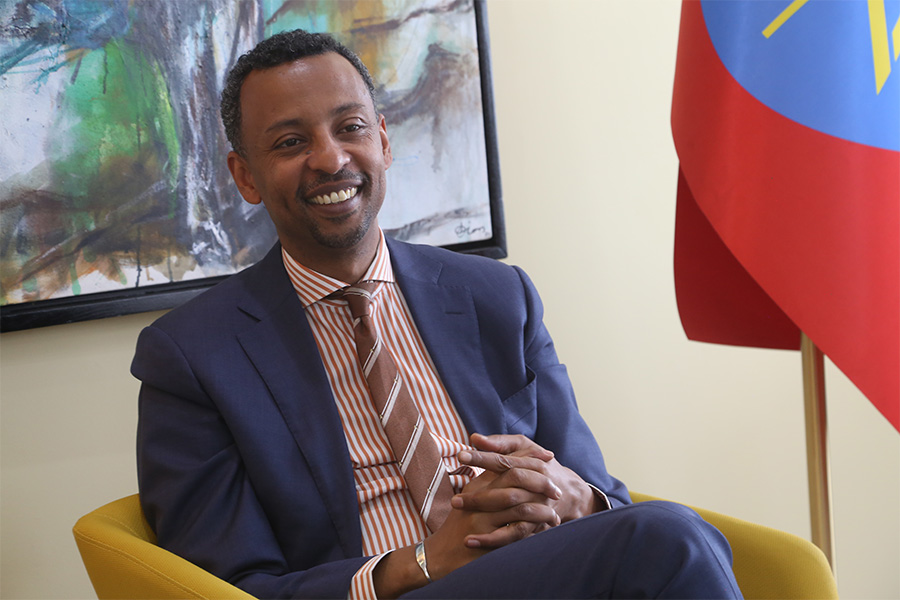
Dec 22 , 2024 . By TIZITA SHEWAFERAW
Charged with transforming colossal state-owned enterprises into modern and competitiv...
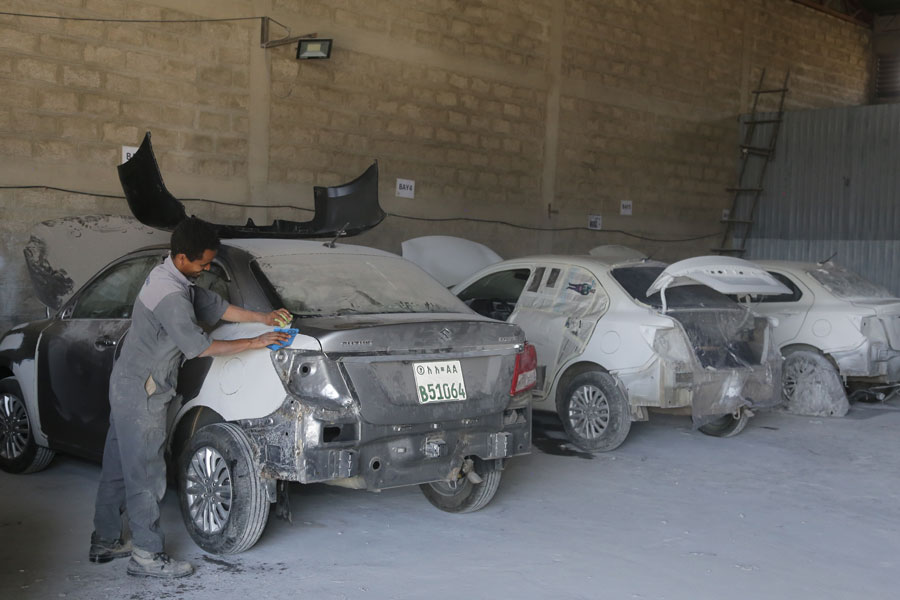
Aug 18 , 2024 . By AKSAH ITALO
Although predictable Yonas Zerihun's job in the ride-hailing service is not immune to...

Jul 28 , 2024 . By TIZITA SHEWAFERAW
Unhabitual, perhaps too many, Samuel Gebreyohannes, 38, used to occasionally enjoy a couple of beers at breakfast. However, he recently swit...
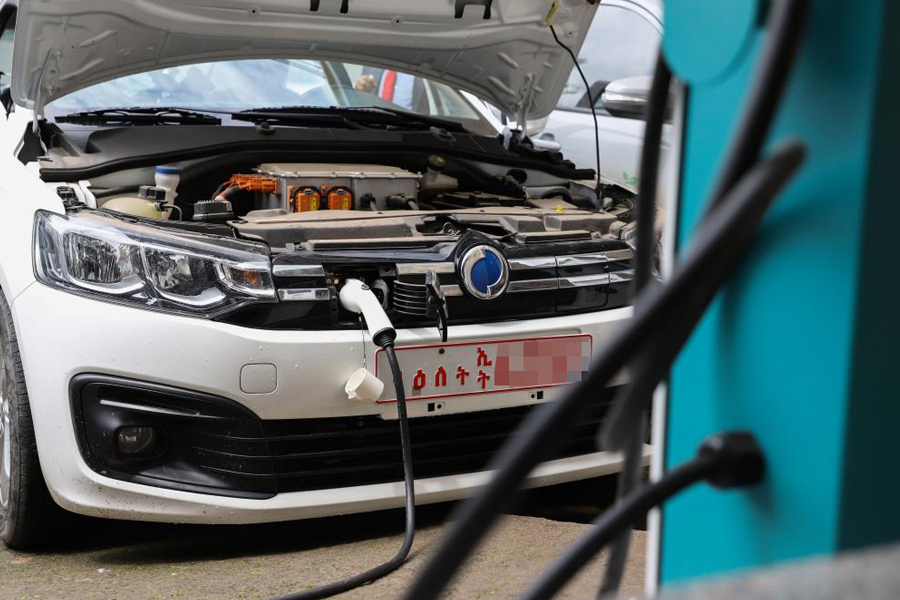
Jul 13 , 2024 . By AKSAH ITALO
Investors who rely on tractors, trucks, and field vehicles for commuting, transporting commodities, and f...
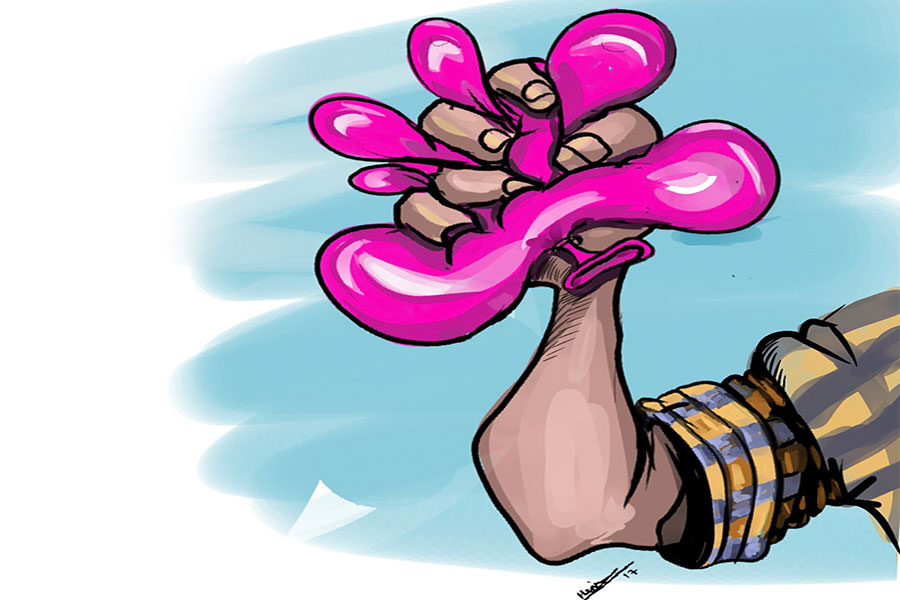
Jul 5 , 2025
Six years ago, Ethiopia was the darling of international liberal commentators. A year...
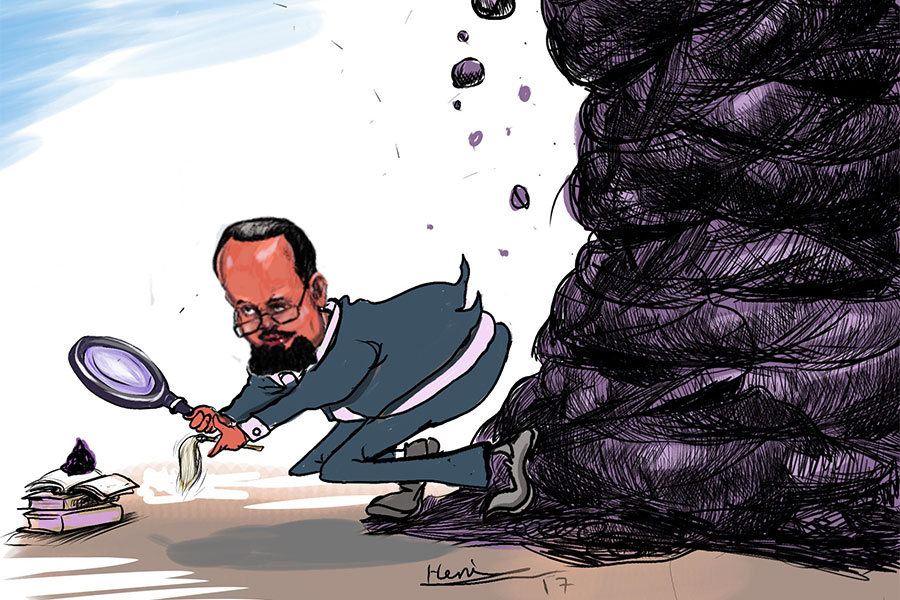
Jun 28 , 2025
Meseret Damtie, the assertive auditor general, has never been shy about naming names...
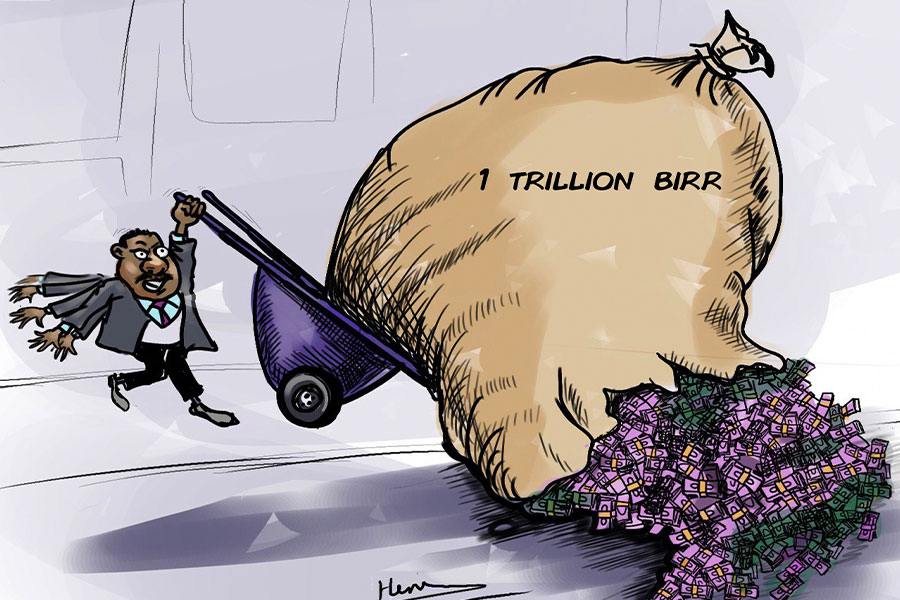
Jun 21 , 2025
A well-worn adage says, “Budget is not destiny, but it is direction.” Examining t...
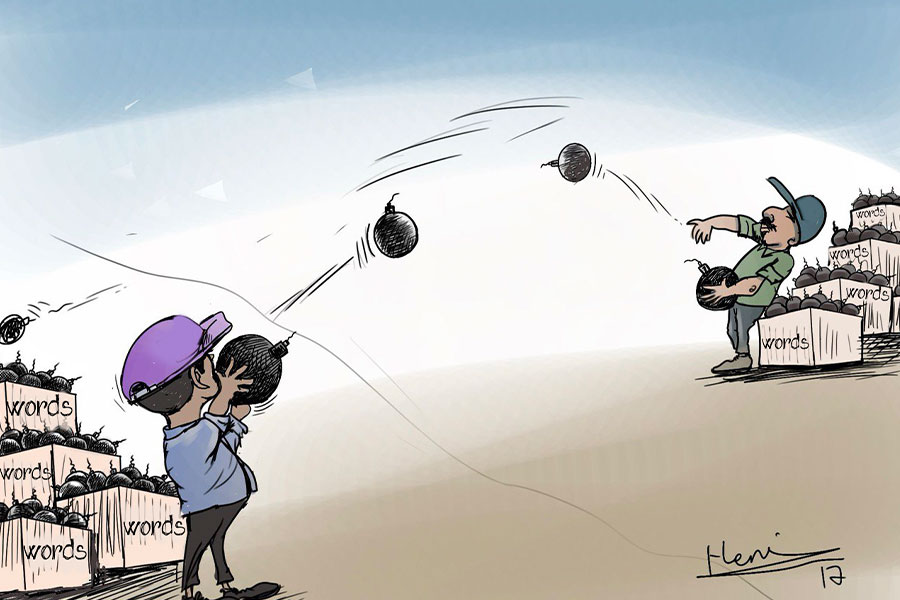
Jun 14 , 2025
Yet again, the Horn of Africa is bracing for trouble. A region already frayed by wars...
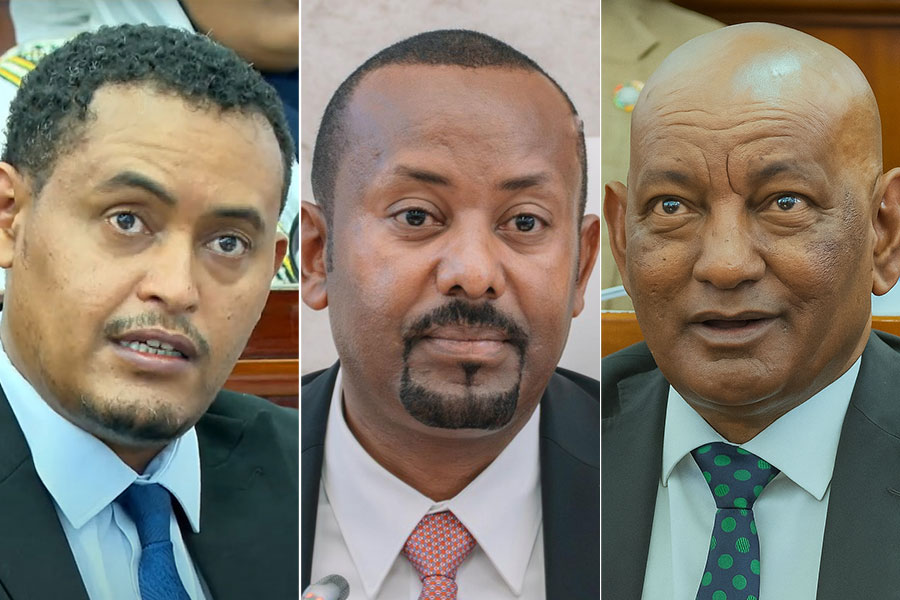
Jul 6 , 2025 . By BEZAWIT HULUAGER
The federal legislature gave Prime Minister Abiy Ahmed (PhD) what he wanted: a 1.9 tr...
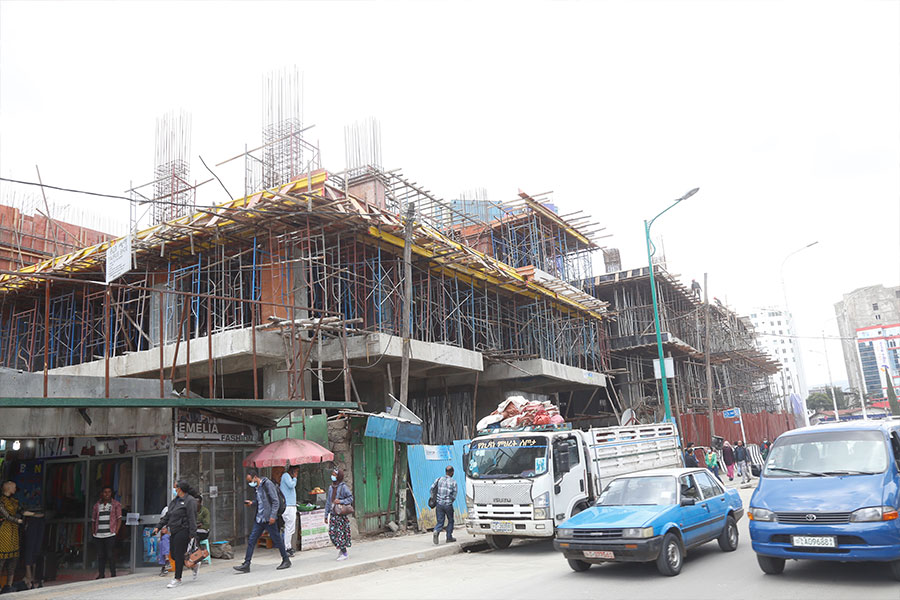
Jul 6 , 2025 . By YITBAREK GETACHEW
In a city rising skyward at breakneck speed, a reckoning has arrived. Authorities in...

Jul 6 , 2025 . By NAHOM AYELE
A landmark directive from the Ministry of Finance signals a paradigm shift in the cou...
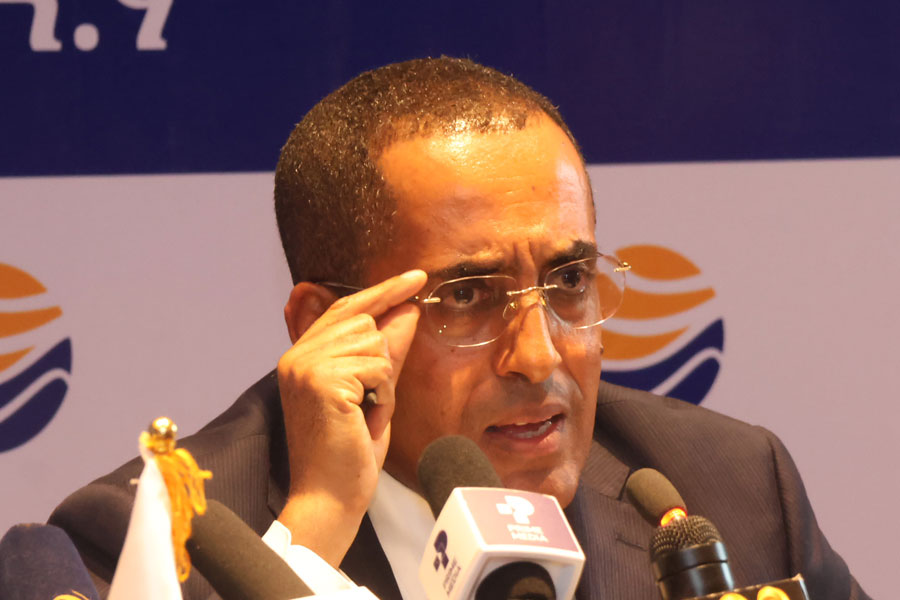
Jul 6 , 2025 . By NAHOM AYELE
Awash Bank has announced plans to establish a dedicated investment banking subsidiary...